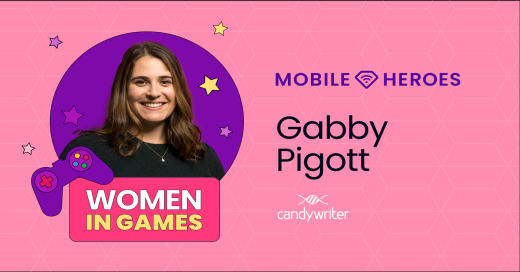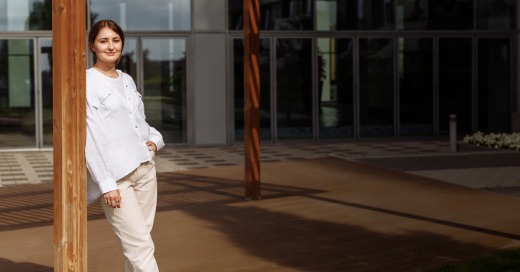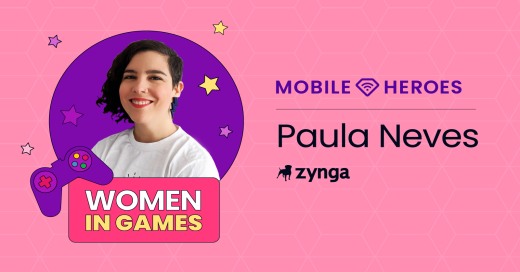Q&A with Melissa
Melissa was first featured as a Mobile Hero in 2020. At the time, Melissa had transitioned from mobile games to real estate and worked at realtor.com® for 3 years. She has since expanded her responsibilities at realtor.com, now driving app strategy & acquisition, App Store Optimization and paid social & display. We caught up with Melissa for growth & acquisition advice from her five years of overseeing their performance marketing team.
What have you been up to since you were first featured as a Mobile Hero? How has your career progressed?
It's been an interesting time during the pandemic, as I'm sure everyone can relate. There has been a huge shift in how we work and how we build connections.
Over the last 2 years, my role expanded beyond paid app acquisition. Now, I work more broadly with product and engineering to influence initiatives and the roadmap to driving growth. I have also expanded into paid social and display across web + app. Through these changes, my team has grown too.
The app marketing industry has evolved in many ways since you first entered it. Taking a step back, what is something you find interesting or notable about the industry?
Constant change. The industry goes through many transformations—for example, privacy-centric challenges like iOS 14.5 and the need to fine-tune media mix and measurement. I have learned so much being at the forefront of making and influencing decisions and encouraging ongoing testing with new channels and media types.
We conducted plenty of incrementality tests and improved our measurement and analytics. But there is still more to do as the industry evolves. I have also seen a number of consolidations with partners and advertisers we used to work with.
What do you see as the next big thing in mobile marketing?
We are already experiencing it! There are a number of promising opportunities:
- Leveraging influencers and micro-influencers who are relatable to your target audience.
- Looking into QR codes that are making a comeback.
- The pandemic switching us to work from home models and giving everyone more flexibility. It provides a window to reach more engaged users on their mobile devices.
If you could go back in time and give yourself one piece of advice when you first started working in mobile, what would you say?
I don't know if I would have done anything differently. You learn from the opportunities you seek, but also the ones you’re given. I had a general vision of where I wanted my career to go, but no one has it all figured out. For example, I did not intend on a career in mobile—I didn't think I would go into real estate after gaming! This is why it is important to avoid silos in mobile app marketing—or being too focused on one niche. There are different paths. We stress out when things don't go as planned, but it pays to take risks, stay hungry, and adapt!
What’s the most effective messaging you’ve seen work for your user acquisition efforts?
Everyone wants to know what's in it for them—why they should use your product or service. We see that tailored, personalized messaging and emotional-based value props that demonstrate the WHAT or WHY resonate better.
What's a mistake you see get made all the time with UA strategies, even by smart people and smart companies?
Testing too many things at once and thinking correlation is causation. Structured, tailored tests are key! Start with a hypothesis, have a solid test plan, deeply analyze the results, and iterate as needed. The most important thing is to base everything on actual data and strong analytics, not hunches or theories. That's not to say a great idea can't start off from a hunch or theory, but it can’t drive all your decisions.
Let's talk ad creative. Can you offer an insight or two you've gained from conducting your own creative tests?
Creative testing can be messy and cumbersome, but as long as there is a strategy, rolled out plan, and constant iteration—you're doing it right. Stay organized with creative testing and connect regularly with cross-functional teams. You will learn how to adapt the creative other teams are using for your own channels and initiatives—so stay close to your creative and brand teams. Always include a breadth of creative formats and sizes—there's no one size or format that fits all channels.
With WFH the new norm, and all live events and in-person meetings virtual, what are you doing to stay connected and in touch?
We engage in virtual team bonding activities, impromptu happy hours or lunches in smaller breakout rooms. Remember to make the time for casual conversations and to check in on your coworkers on a personal level—not just a professional one.








